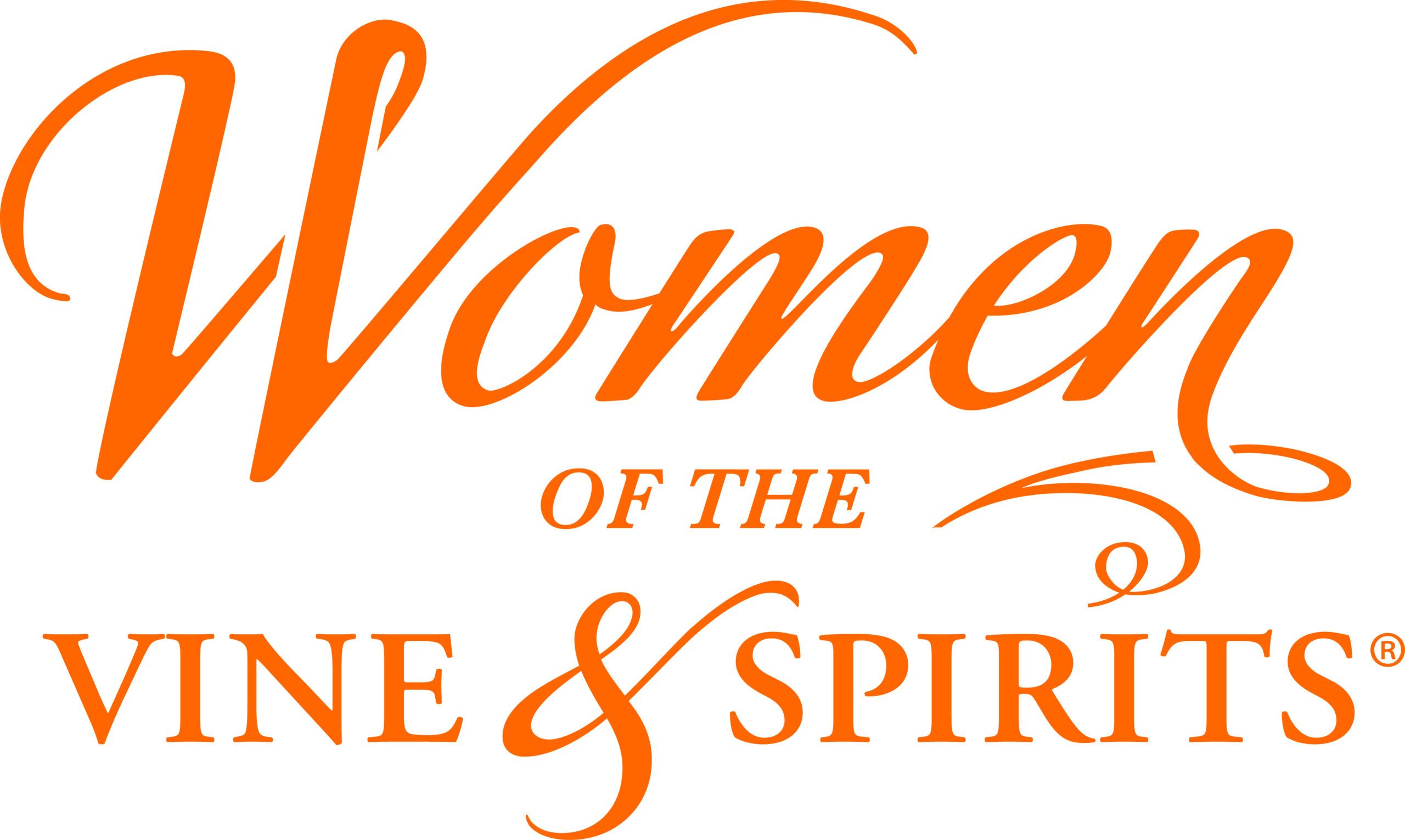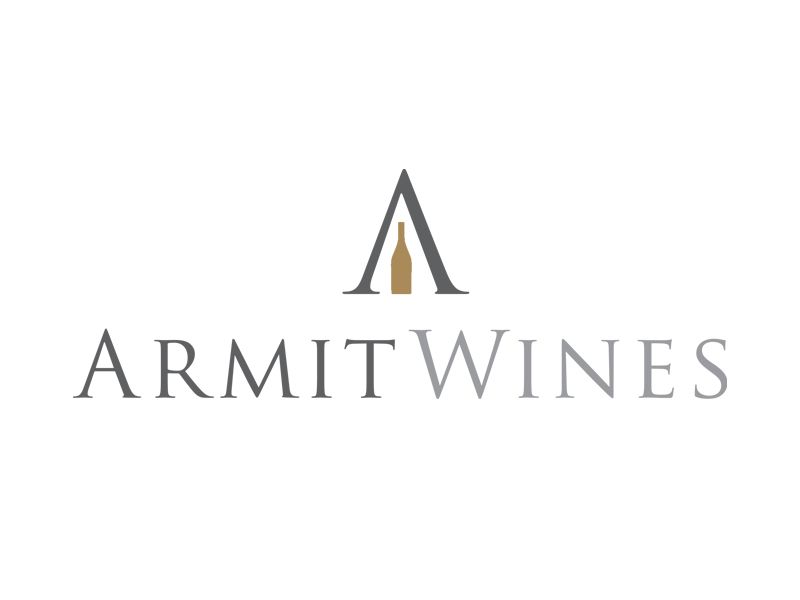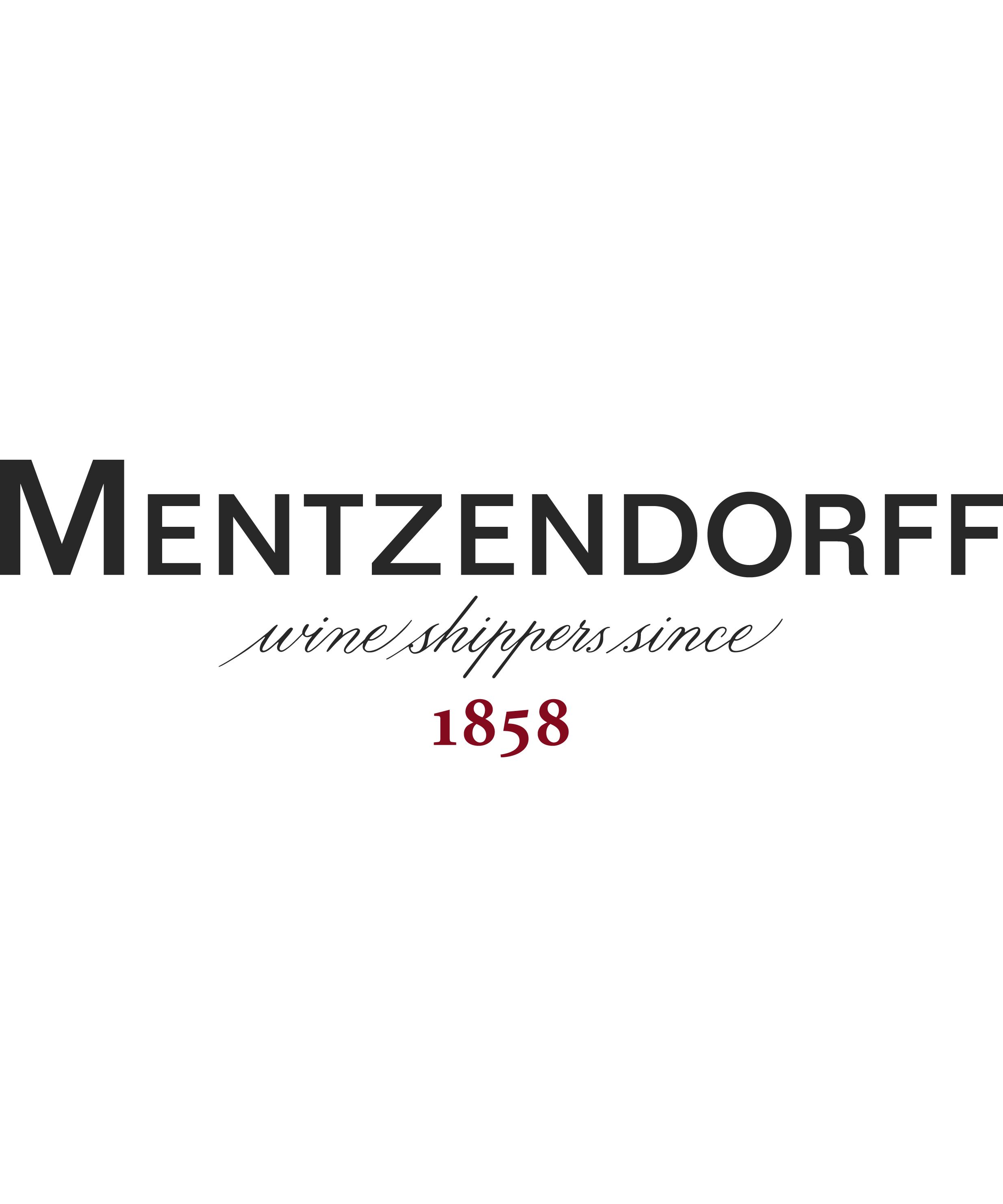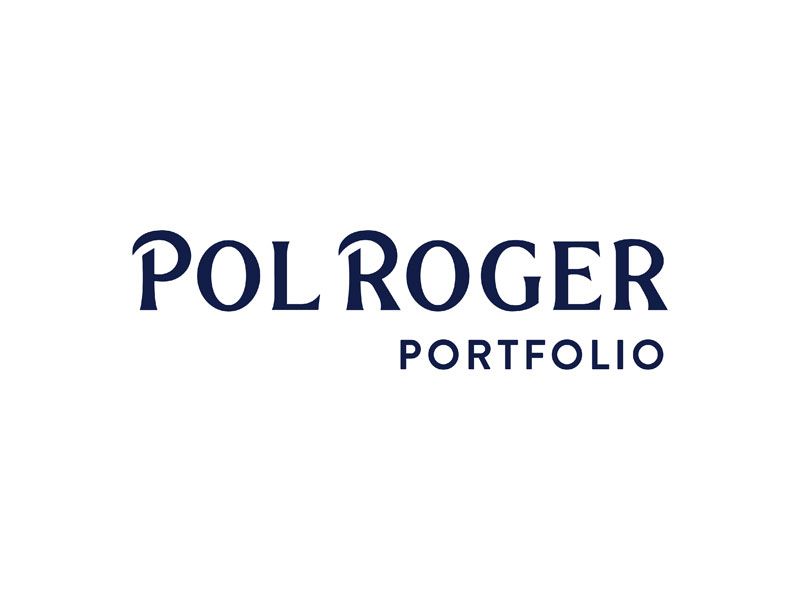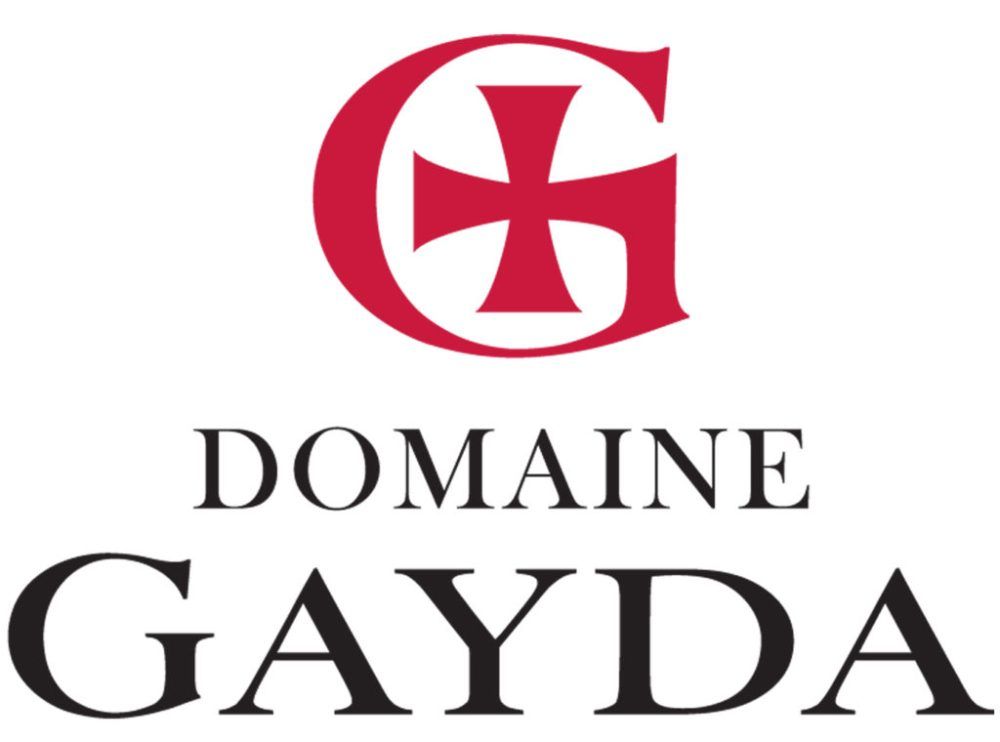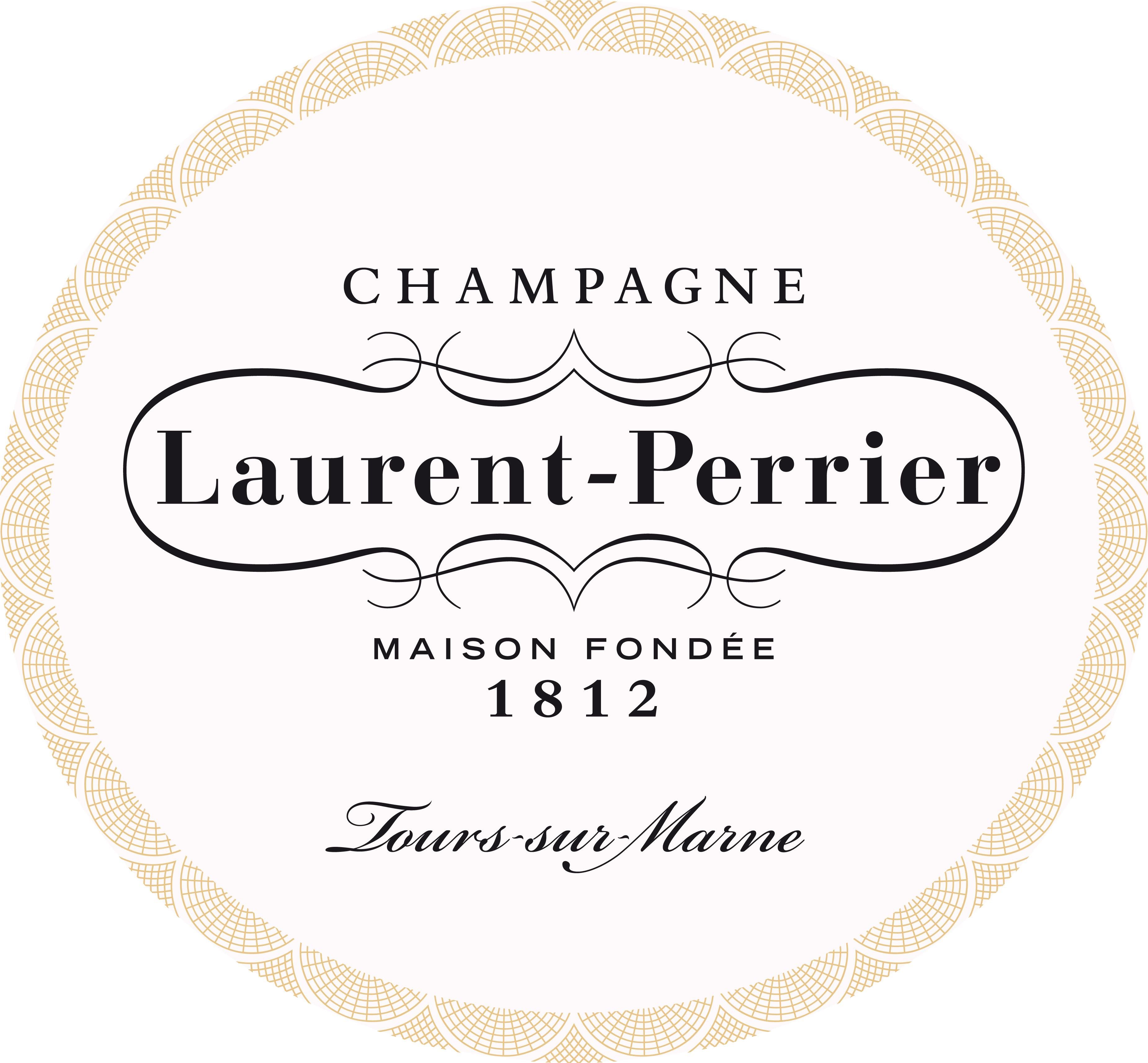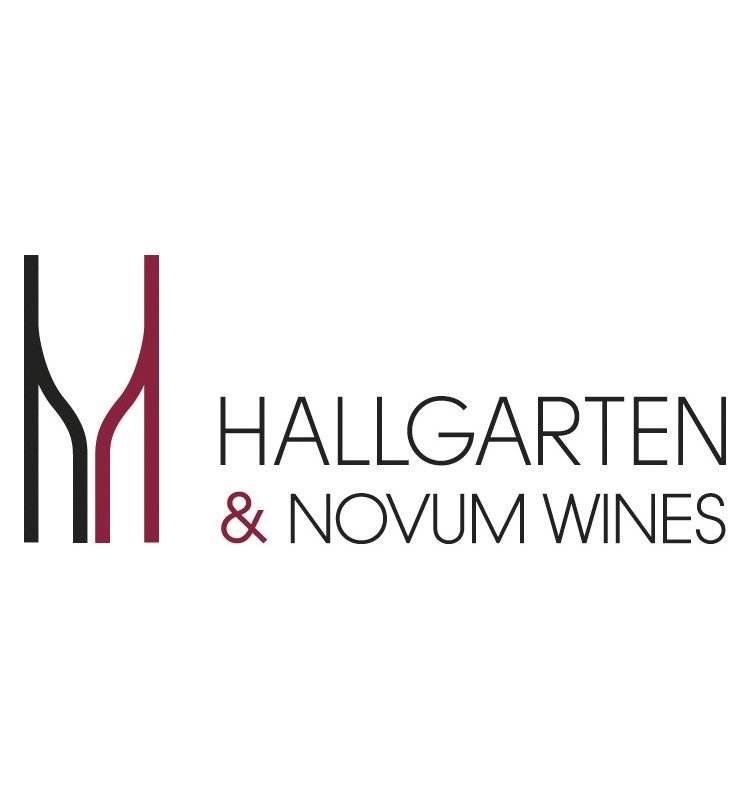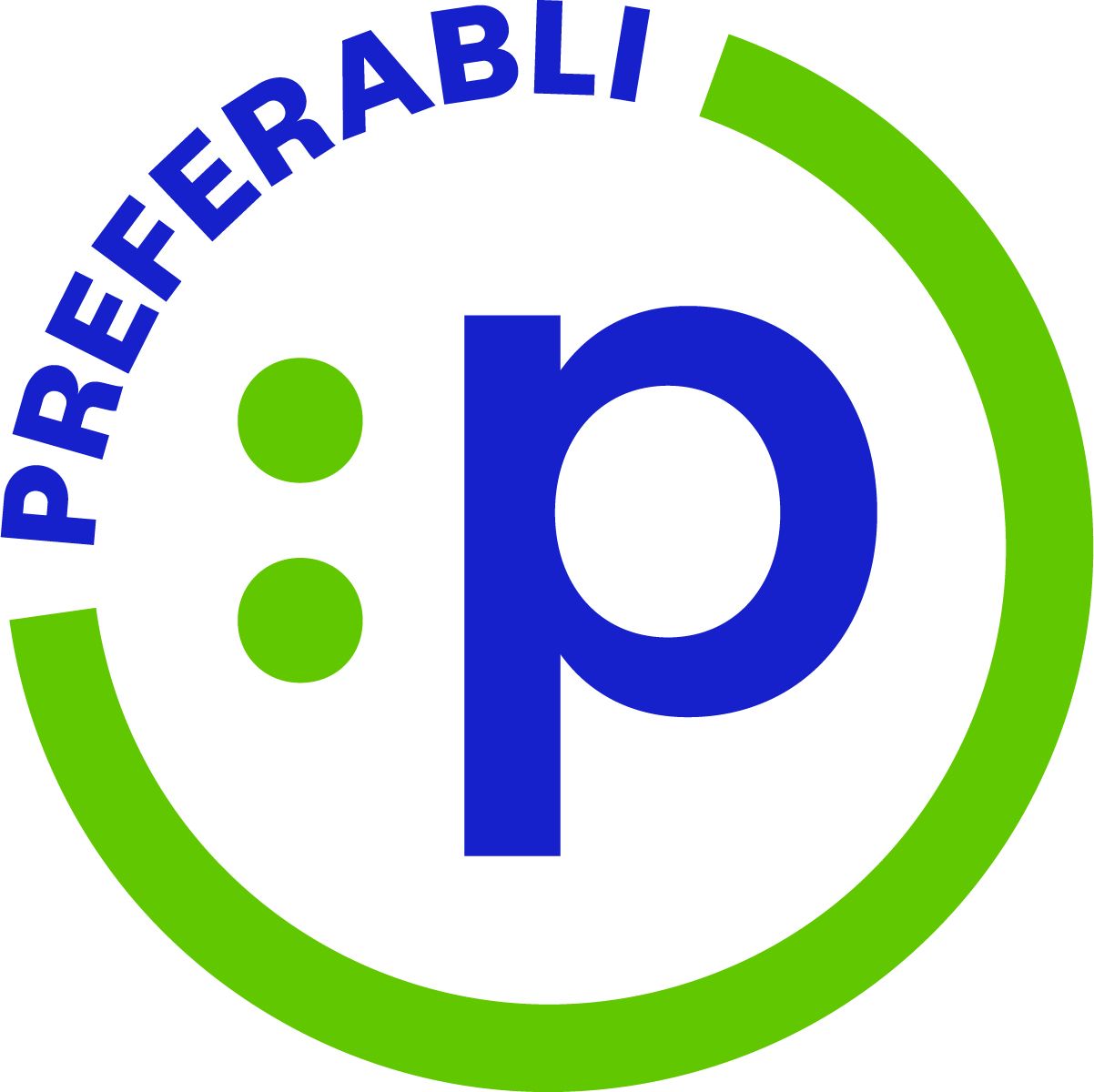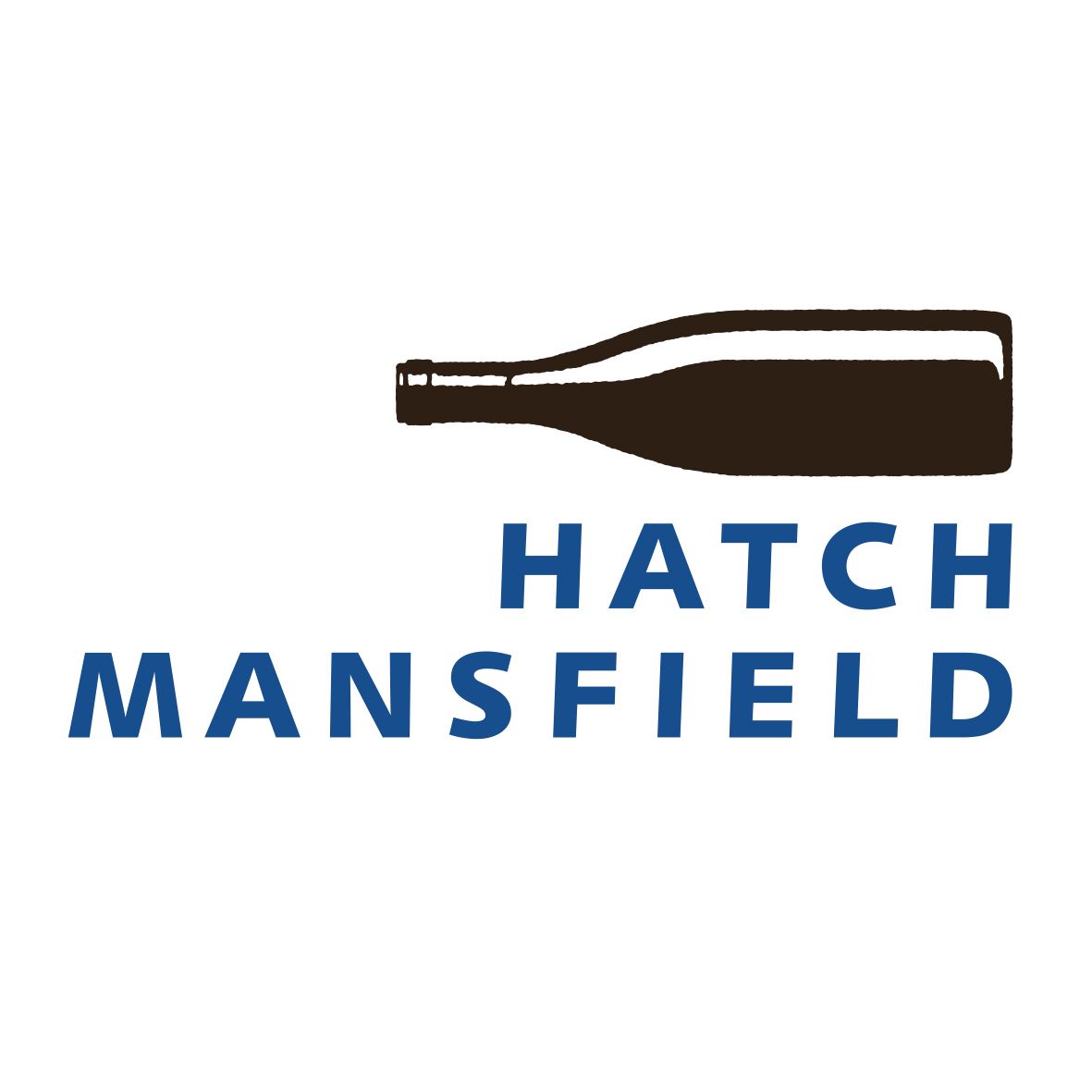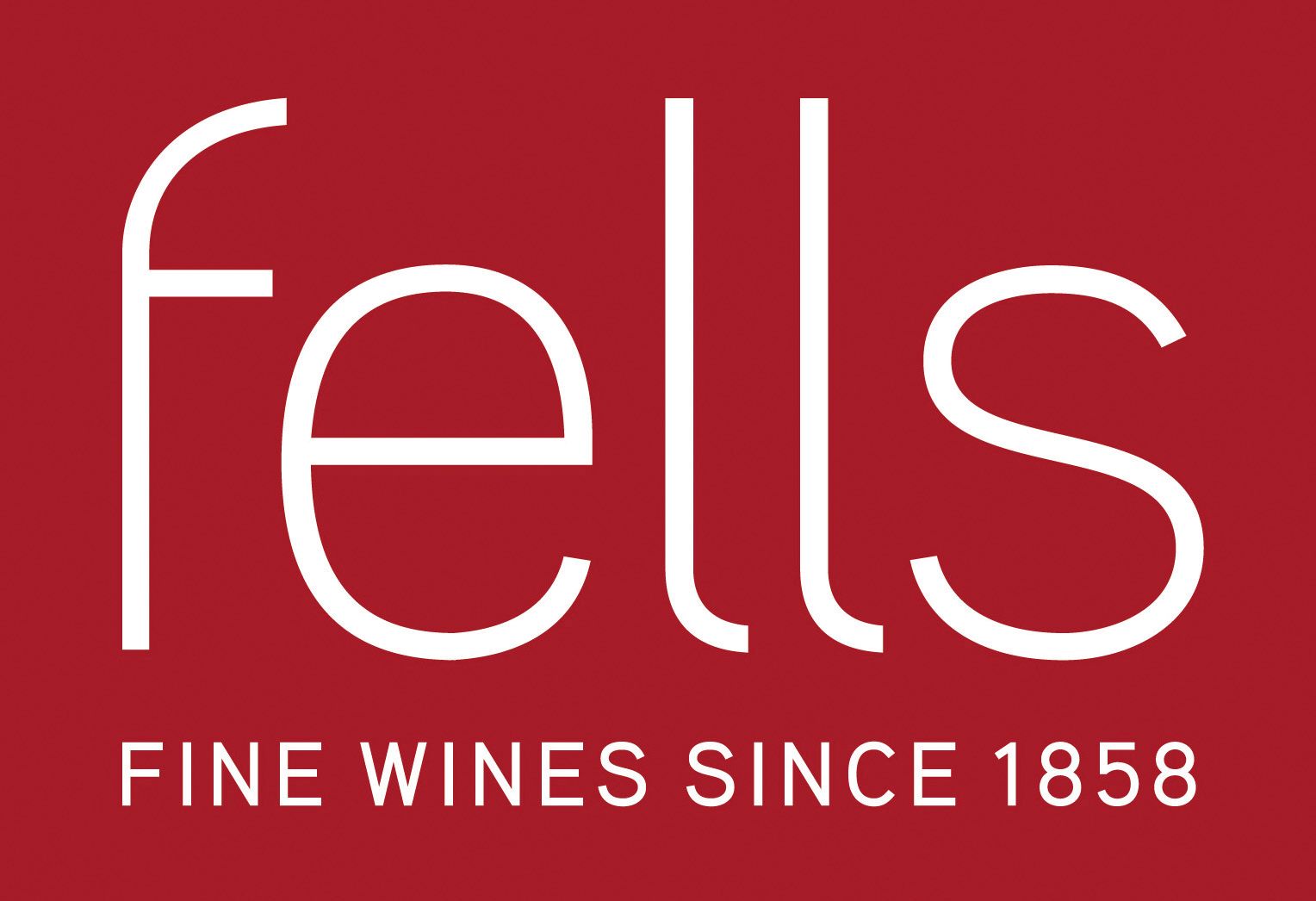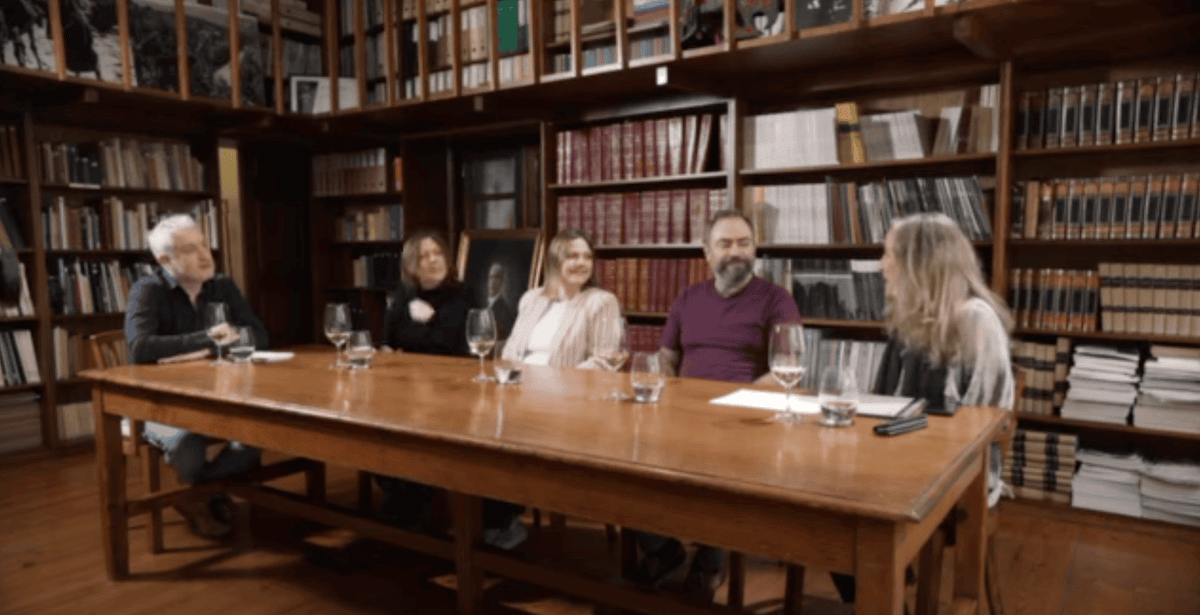
"Peter Hall lived his life like a character from a Dickens novel." (official biography on Breaky Bottom website).©Peter Dean
Award-winning podcaster and author of a history of English wine – Vines in a Cold Climate – Henry Jeffreys met Peter Hall on several occasions to write the book. He also was called upon by the Daily Telegraph to write Peter Hall’s obituary. Here Jeffreys succinctly sums up Breaky Bottom’s importance.
Even if Peter Hall hadn't possessed such a magnetic personality with an inexhaustible supply of brilliant, baffling and amusing stories, journalists, winemakers and enthusiasts would still have taken that long bumpy road to Breaky Bottom.
In an industry with almost no history and a cavalier approach to terroir, Breaky Bottom was unique. It has been going since 1974 and apart from the very first vintage, 1976, which was made at Lamberhurst, every year was made by Peter himself from grapes from a vineyard of just six acres. Not only that, but he used a grape variety Seyval Blanc, that’s rarely used for quality wine anywhere else in the world.
It’s the combination of history, location, grape and, of course, Peter himself that makes Breaky Bottom the most uniquely English of wines. Or if I was in a fighting mood, the only truly unique English wine. Henry Jeffreys
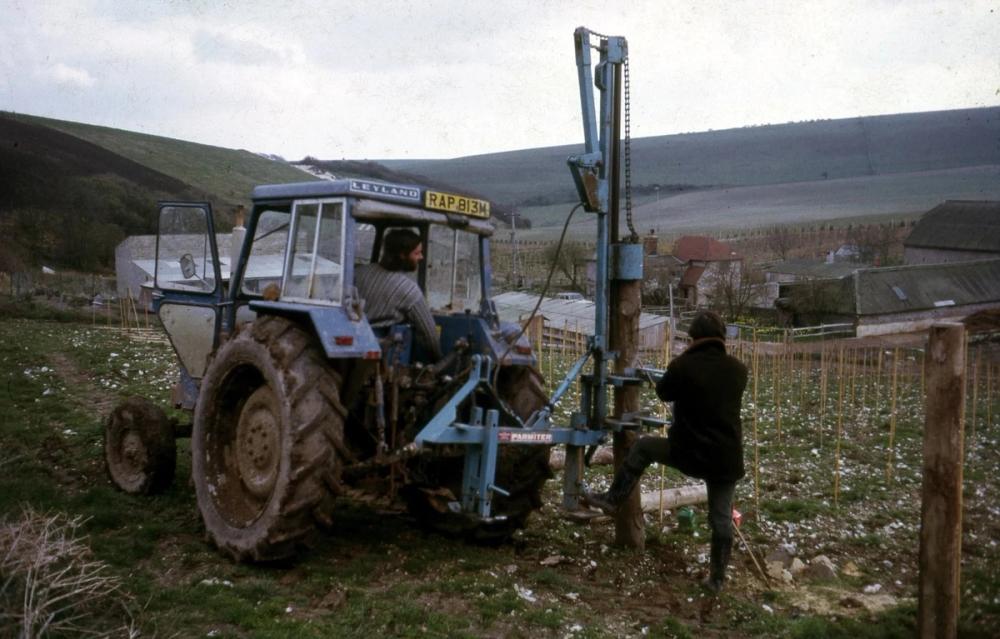
Peter Hall (on tractor) laboriously driving each vineyard post through Sussex chalk ©Breaky Bottom
Stephen Skelton MW, fellow winemaker, author and consultant reflects on 50 years of friendship.
It was in 1976 when my uncle introduced me to Peter Hall (adding ‘not the theatre director one’ when he did so) as he knew I was planning to plant a vineyard and thought that Peter might be able to offer me a few tips. At the time I was living and working on a vineyard in Germany and on a visit back to Britain got in touch with Peter and with my wife and children travelled down to Rodmell, near Lewes to the vineyard that Peter had planted in 1974, and which had just produced its first wine. ‘Follow the track and keep going, you will eventually find us’ we were instructed and thus it was that we discovered the magical, isolated, flint buildings and vineyard that made up Breaky Bottom.
From that initial visit Peter and I, plus our wives and children, became firm friends, and over the 50 years we knew each other, visited often and he became one of my best mates. A friend not only because we were in the same business as vineyard owners and winemakers, but friends because we could talk, and argue, about many things. We liked, and made, very different styles of wine. His wines, which until 1995 were always still wines, were like the Muscadet and Gros Plant wines from the mouth of the Loire; mine attempted to be more like the Rheingau Spätlese wines from the wine region where I had trained. He loved opera and classical music; I liked R&B and jazz. And we argued over politics and religion but remained firm friends. We also liked wine; making it, drinking it, and discussing it.
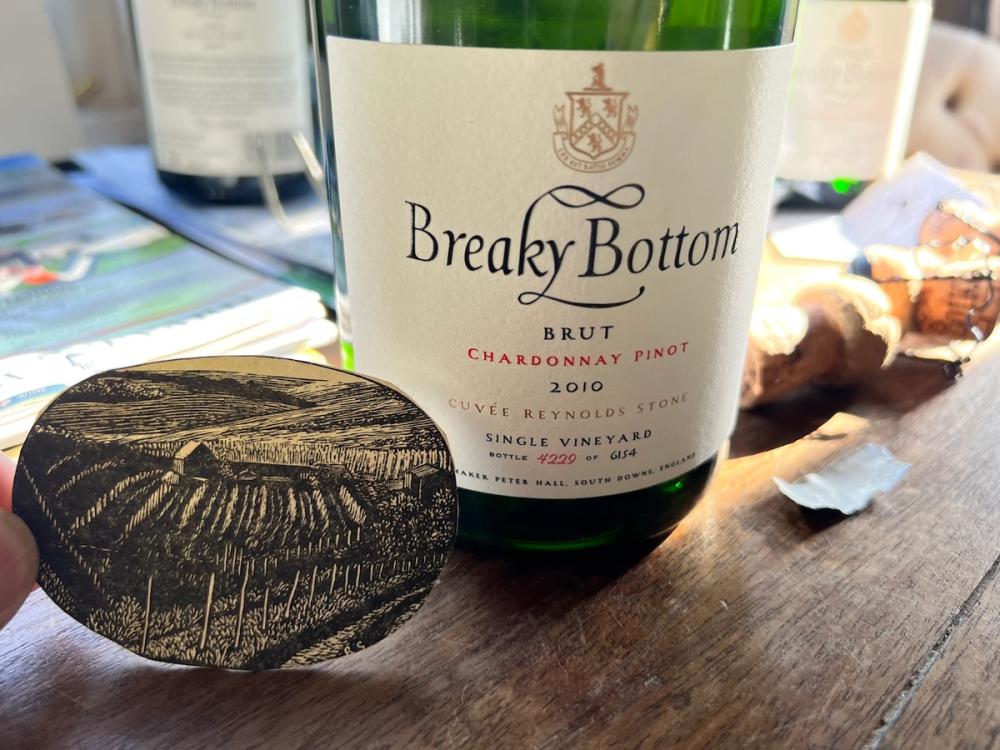
The 2010 vintage was dedicated to Reynolds Stone, the famous wood engraver and letter cutter, who was the designer of the original Breaky Bottom label. ©Peter Dean
Whilst the still wines he produced found fans and won prizes, it wasn’t until he started to make sparkling wines that they really shined. His initial plantings had been of the prevailing varieties of the day; the much-maligned Müller-Thurgau, the reliable Reichensteiner and the French-American hybrid Seyval Blanc. The two German cross-breeds were replaced with Chardonnay and Pinot Noir, and Peter’s star began to rise for the sparkling wines he made from all three varieties, but especially from his (and my) beloved Seyval. Whilst most other vineyard owners gave up the variety a long time ago, Peter persisted and whether through accident or design, found that when bottle-aged sur lie for what most would consider a very long time – there are wines from 2009 and 2010 still available on his wine list – his wines made from Seyval Blanc aged into swans of extraordinary length and delicacy, something very few other winemakers have achieved with that variety.
Peter’s tenure at Breaky Bottom was remarkable in many ways. The fact that he planted the vineyard, and stayed there, and made wine there for such a long time – 51 years; the fact that he seldom left the place except for real necessities and in his later years almost never at all; the fact that he appeared to be a bit ofa hermit, but actually really enjoyed (or at least appear to enjoy) the company of others, especially his family, his friends, and his customers – most of whom also became friends. I will miss him tremendously. Stephen Skelton MW

Visiting Breaky Bottom is like entering a Narnia-like other world. ©Breaky Bottom
Rebecca Palmer, associate director and head of merchant buying for Corney & Barrow, Breaky Bottom’s sole UK distributor, has always championed Peter Hall and his wines. Here she recalls how they first met and captures a sense of the spirit of the man and his ‘Narnia’ like estate.
I first met Peter in 2004, when we were on the same sparkling wine course at Plumpton. He brought a bottle of his still Seyval Blanc for everyone to try and ribbed the tutor about whether Plumpton made sparkling wines in a soda stream 😉and if he could get his money back.
Somehow I knew our paths would cross again, and so it came to pass. When, in a future life as a buyer for Corney & Barrow, I was seeking a new English sparkling wine producer for our portfolio, I thought again of Peter. It all made sense – the quality, the philosophy, everything.
A mutual friend, the journalist and broadcaster Olly Smith, reckoned we should be working together, so I wrote to Peter and so did Olly and we went down to see him together. We arrived at 10 o’clock or so, expecting to stay for an hour or two, look around the vineyards, taste a few wines. Six hours later, as I recall, we finally left, having got to know quite a few of Peter’s cuvees rather too well!.
The first wine I tasted with Peter was Cuvee Koizumi Yakumo 2010, named after his half-Irish, half-Greek great great uncle Lafcadio Hearn, who made a life in Japan and brought his writings to the west. He is a National Treasure in Japan.
Peter would make a couple of different ‘cuvees’ a year, one usually a blend of champagne varieties, the other a pure Seyval Blanc. Koizumi was Seyval Blanc, from Peter’s original 1974 plantings.
Like its story, this was an extraordinary wine – curiously grounded but simultaneously light and airy, with a super-fine mousse and flavours of salted lemon, crème fraiche, pastry and the flavours just went on and on! I had never tasted another English wine like it. It was luminous, such energy! I asked him how he achieved this flavour profile: ‘Risk!’ he exclaimed. ‘I am a risk-taker!’ Acid was a given at Breaky Bottom, given all that chalk and the location. ‘I don’t need acid, I need ripeness, c’est autre chose!’ He used to push harvest date often into October or even November.
Over the years I had many meetings with Peter, and his wife Chris, to taste new disgorgements, releases and update on business. I would often arrive mid-morning expecting to stay til midday, then end up leaving some time towards late afternoon. How this used to happen is unclear, but I came to realise that time at Breaky Bottom, or perhaps in Peter’s orbit, seemed to operate in a different dimension.
Depending on the weather or Peter’s whim, we might take a walk around the vineyards with the refractometer and le chat Toto, the time to turn a few cartwheels and talk de la pluie et du beau temps. Time would evaporate, not least as Peter would often hare off on tangents. And I had zero control, it was like being in some mad kaleidoscope or particle accelerator (my slight obsession at one point), not necessarily always comfortable but one hell of a ride!
Peter would drop into French (often talking of his French ‘maman’), cockney, Australian, Geordie (he had studied in Newcastle) or ‘cat language’ with Toto, recite half a poem ‘Quinquireme of Nineveh….’ or a limerick, sing a line from Fidelio (his favourite opera, he would often remind me), all in the space of a few minutes. And all in a white cloud of Old Holborn, and always with a sort of amused, knowing look, always one step ahead.
I was upset when Peter told me he was very ill. I went to see him a week or so before he died. He was very thin and rangy. We tasted new vintages and talked about them in some detail. Still in his cloud of Old Holborn, with Toto the cat on his lap, the only difference was that Peter didn’t have the strength to pick up Toto by the tail as he usually did.
I felt a bit sad. And then, from nowhere, with a characteristic hand flourish, he turned to me and said – ca va Rebecca! C’est la vie! Cela nous arrive tous! Do you know this one? Il était une fois une marchande de foie qui vendait du foie dans la ville de Foix. Elle se dit : « Ma foi ! c’est la dernière fois que je vends du foie dans la ville de Foix. » I couldn’t help but laugh.
Classic Peter – luminous, unexpected, spirited, unforgettable, a total one-off. I’ll miss him, we all will. Rebecca Palmer
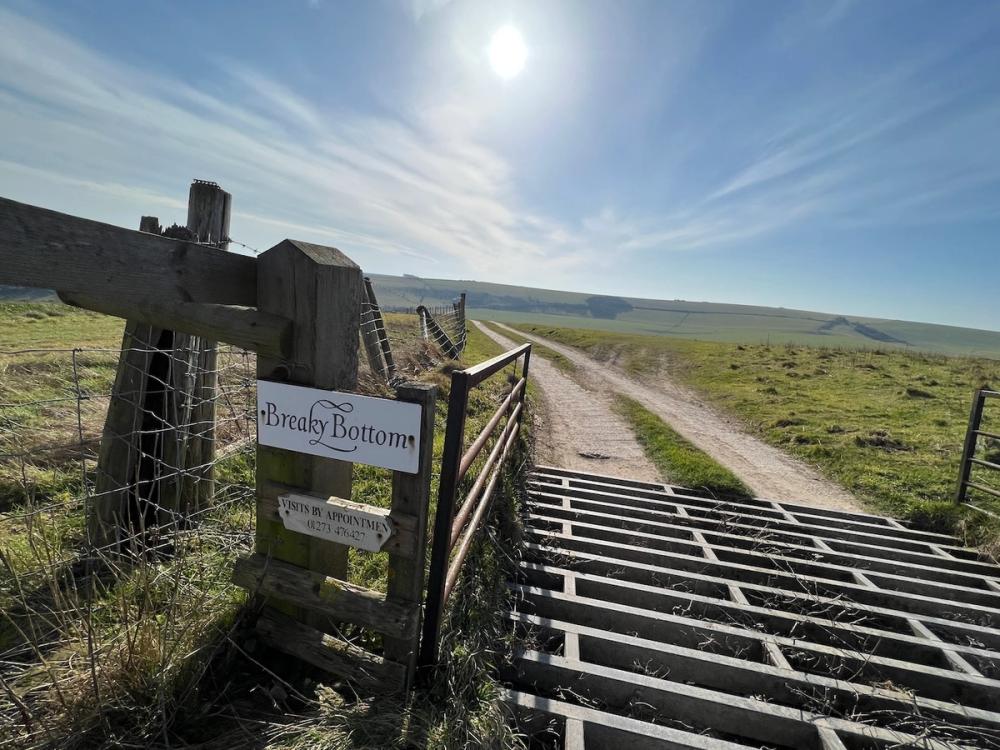
Start saying farewell to your exhaust... ©Peter Dean
Peter Hall had a huge influence on many in the English wine none more so than Ridgeview. Here Simon Roberts, director of winemaking remembers a mentor in the formative years of both wineries, and a man who would also become a close friend.
We have so many memories of Peter and Breaky Bottom; the first time I visited him was when I was studying at Plumpton College wine school nearly 30 years ago. Nestled in a valley in the South Downs, as you come over a brow into the valley, Breaky Bottom reminded me of Cold Comfort Farm – quirky but beautiful.
Peter greeted us wearing his blue cap and worn fisherman’s jumper – this is how I will always remember him – even though he hasn't smoked for many years I always think of him with a "rollie" in the side of his mouth.
Over the years we have had many conversations and discussions on the merits of Old World versus New World winemaking, forever thought provoking and insightful. Standing in our little lab room in the old winery, the equivalent of the water cooler, people would come and join the conversation lucky to have time with Peter and his sage thoughts and views.
Only a few weeks ago my eldest son, now 19 was fondly reminiscing about being a young boy sitting round Peter and Chris's kitchen table with orange squash and biscuits while Peter would talk so passionately about grape growing, winemaking and just life.
Life had certainly thrown some challenges Peter’s way, a pheasant invasion just before harvest, a mud slide and subsequent snail infestation to name but two, but Peter rose above them every time.
Peter has played such an important role in the English wine industry for so many decades as he has in my life. He will be greatly missed and remembered fondly – in time when I think of Peter I know I will have a smile on my face.
I send my best thoughts to Chris and the rest of the family. Simon Roberts

In 2025, Peter received the Diploma of Honour from the Fédération Internationale des Confréries Bachiques (FICB), the first time it has been awarded to an English winemaker. ©John Mobbs
Like many other wine experts John Mobbs, founder and lead writer of Great British Wine, first met Peter Hall on a professional basis which developed into a friendship and mutual respect.
Despite the fact that Peter rarely ventured out of his home, and vineyard, Breaky Bottom, I did meet Peter once at, of all places, Clarence House, in the presence of Royalty. It was a rare sighting of Peter in a suit, without his signature flat cap, striped jumper, and rolled cigarette. He certainly looked the part.
Over the years following my first visit to Breaky Bottom in 2017, Peter and I kept in touch by email, often exchanging thoughts on new releases, the latest happenings in the vineyard, or even the trials and tribulations of the grape-eating pheasants from his troublesome neighbours. He was one of the first English wine people to congratulate me on the birth of my daughter Keira in November 2019, telling me “I don't 'do' Twitter etc, but Christina does!”. Peter certainly wasn’t the most tech-savvy person out there. But it meant a lot to me that he kept tabs on those who did the same with him.

One time, Peter sent me a case of mixed Breaky Bottom releases, new and old. It was a generous selection, but Peter was like that - too generous perhaps. But upon delivery, there was something extra in the case, which Peter himself described as a “joke” wine on the accompanying note. Certainly no joke in reality, it was in fact a bottle of Breaky Bottom’s Würzer ‘Dry White Table Wine' 1989! Peter warned me, “it was stored at nearly 30 degrees C in the recent hot weather should mean it’s totally ‘caputsen’, so be careful!!!” The wine was still remarkably alive, despite a rather sorry cork, and the bottle became one of my great English wine mementos that I still cherish to this day. John Mobbs

Healthy Seyval Blanc - the grape that Hall was convinced could shine as a sparkling wine. © Breaky Bottom
Dominic Buckwell, a family friend, paid tribute to Peter on the Libération Tardive Foundation website on October 3, 2025.
Peter Hall, one of the greatest, if not the greatest, British winemaker to have lived so far has sadly died aged 82 peacefully at his home, Breaky Bottom in Sussex. His four children, Tom, Kate, Emily and Toby announced the news having been at his bedside to the end, saying “his true character did not falter for a single moment, and we will love him dearly for evermore.”
His grandfather on his mother’s side (M. Alex Mercier) ran a French restaurant in Soho before the First World War. At an early age his ‘Grand-père’ taught him that while it was important to respect a wine based on its label, the ultimate judgement is for the taster based on what is in the glass:
“He would say to look at the label, acknowledge where it comes from and learn about the producer. He would then pour wine for us kids, clap his hands, and say: anyway children, remember its only fermented grape juice you are the taster; you have looked at the label, you have saluted it ,and now over to you. What do you think? No matter what a wine is or where it is from, it is only fermented grape juice'."
"Whether it cost £2 or £200, if it is really good you say fair enough you have paid … for this wine and you give it two thumbs up … or 18.5 points if you’re Jancis [Robinson]. She’s 100% focussed on the glass, and I approve of that.”
After graduating from Newcastle University in agriculture, his first job was as relief stockman and tractor driver at Northease Farm, encompassing what is now Breaky Bottom and leased to him for raising pigs. He met and married the estate owner’s daughter (Diana Robinson) and they had four children born between 1970 and 1974. His first vines were paid for by profits from the pigs, and he planted in birth year of their youngest child, Toby.
Today the vineyard still has nine rows of the original 1974 planting of Seyval Blanc, which are one of the only parcels in England with recognised old vines status. Chardonnay and Pinot Noir was planted to replace Müller Thurgau after the Millennium, and now accounts for 40% of the vineyard (the other 60% being Seyval).
When asked about the differences: “Chalk and cheese” he said “they are different wines: Seyval can do very well here; the Chardonnay and Pinot was planted by taking up my Müller Thurgau there was a proper rising of Champagne varieties in England. I don’t regret that because it makes a really good blend.”
In the last sixteen years, most vintages he produced in two cuvées, one exclusively from Seyval Blanc, and the other a blend of the Champagne varieties. In 2018 however there was abundance and uniquely from this vintage he bottled the Chardonnay and Pinot Noir separately as Blanc de Blancs and Blanc Noir cuvées.
Earlier this year before the English Wine tasting organisation by Libération Tardive on 1st April, I asked him why his wines aged so well, what did he do to enable longevity; he responded: “It is a wonderfully mystery, I don’t know, I dance a jig to the question, but I cannot give an absolute answer. But storing of wines over a decade or more is pretty difficult … it needs to be temperature controlled. Its difficult with limited funds to build anything perfect for storing that long.”
The 2025 harvest is almost ready and will be picked next weekend by a dedicated team of friends and family. The wines to made from this harvest will of course be called “Cuvee Peter Inglis Hall”. Dominic Buckwell.

Peter loved that this German wine magazine quoted verbatim fellow winemaker Dermot Sugrue as to how the British wine scene was going. June 2024. © Peter Dean
Peter Dean, drinks editor and co-founder of The Buyer.
I didn’t know Peter Hall terribly well but he made a huge impression on me and we got on so well since our first ‘meeting’ during an online consumer tasting I co-hosted during COVID. After moving to Lewes, a few miles from Breaky Bottom, I popped over to taste and talk with Peter a few times – expecting (like many others) to have a brief visit and leaving many hours later, unable to tear myself away. Below are some thoughts about why I believe him to have been a truly great winemaker.
From my bathroom window I have a magnificent view of the South Downs and can see the track to Breaky Bottom cut into the hillside, the view for all the world like an Eric Ravilious print. The track follows the contours of the hill, fashioned for cattle and cart in an era that had no anticipation nor respect for the motor cars that would lose various parts of their under-carriage as they made their perilous descent into the downland ‘bottom’ to visit Peter and Christina Hall many years later.
When you arrive, and after checking the exhaust, it is like entering another world. It is a magnificent location (“there's no more beautiful vineyard in Britain than Breaky Bottom," according to Oz Clarke) and you can imagine when, 50 years earlier as a shepherd, looking for lost sheep, Peter stumbled upon it and wondered whether anyone could actually live there.

The earliest known photograph of the farm at Breaky Bottom. © Breaky Bottom
Nobody had for 50 years before then and, despite no electricity for three years, he started turning it into his own little Eden, a quintessential English farm that he found, understandably, increasingly hard to leave.
Much has been written about Peter Hall since he died. Many writers have, of course, rightly lauded the wines which are quite magnificent and stand up to scrutiny with the very best sparkling wines of the world – and I am including champagne here.
For me the key to understanding why he was such a brilliant winemaker was his passion for and connection with the land.
Peter didn’t inherit the role of winemaker as the 32nd generation of Italian nobility nor buy into it, acquiring 100s of hectares backed by New Money. He arrived at winemaking as the natural progression of a farmer understanding what his land could best deliver.
Agriculture at university, farmhand, shepherd, tenant farmer, smallholder, winemaker – this was his journey.
Pigs, sheep and turkeys had equal billing at Breaky Bottom during his first years raising a family there until it was obvious to him that this was one of the great individual terroirs of the world for growing grapes: the same Upper Cretaceous fine white chalk as you have in the Côte des Blancs in Champagne; free draining slopes; plentiful sun; shelter from the strong coastal winds in a natural ampi-theatre; a variety of aspects to accommodate a diverse set of grape varieties.
His winemaking approach was to let the grapes speak for themselves through the wines. He didn’t let his ego stand in the way of the wines, he never put his name on the bottle, nor contrive a marketable title of an estate. Breaky Bottom was the name given in the Domesday Book to this dry-floored chalk valley, and therefore the winery and the wines were of this terroir.
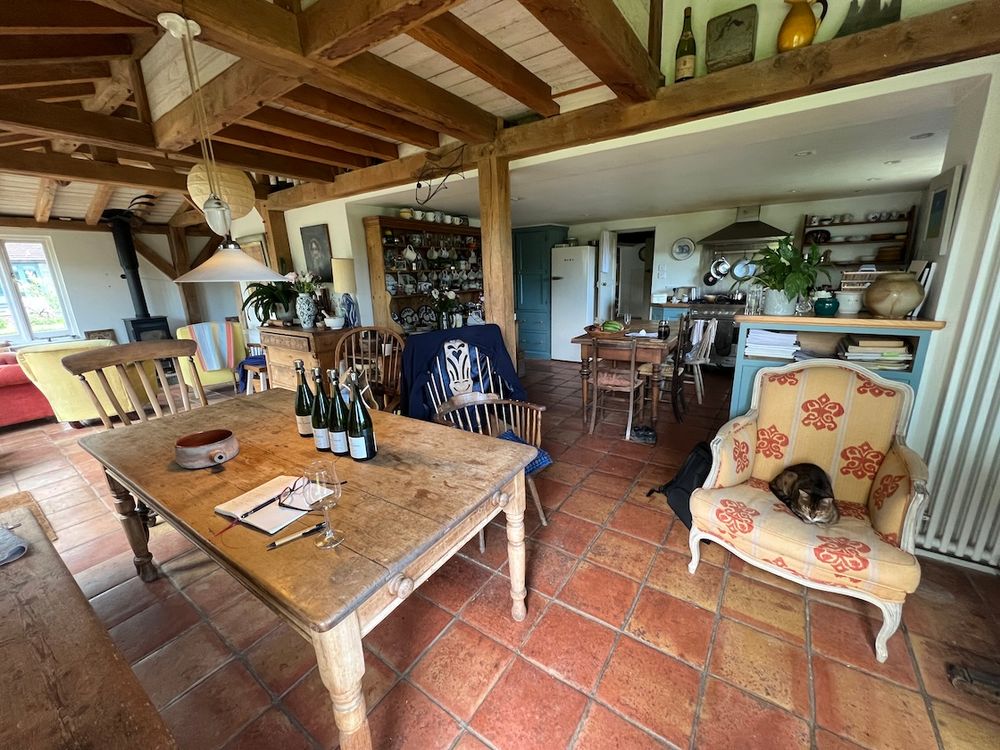
New cuvées were tasted in the family kitchen
It isn’t a winery with a tasting room. When you taste, you open bottles in his kitchen – there’s little or no separation between man, place and wine. To me he was as much a part of the land as the animals he shared it with and the crops he grew on it – making grower ‘champagne’ way before any weirdy beardy was born.
Like Aubert Villaine and his beloved Aligoté, Peter Hall had an enduring passion for, and belief in, a similarly ‘ugly duckling’ called Seyval Blanc. Time has proved his intuition right with many a high-profile critic eating humble pie who questioned his initial direction. Vision, bloody-mindedness but above all passion got him there, Peter was an intensely passionate man. He loved passion above everything, whether it was opera or Louis Armstrong (who he wrote to as a young man and received a hand-written reply back), or fellow winemakers who’ve had to do it the hard way - from the ground up.
Whether it was his near hermit-like existence of his final years or coming from the war years, Peter Hall was a ‘man out of time’. Looking like a cross between Richard Thompson and the ancient mariner, smoking indoors (even during a tasting), flitting between languages, accents and anecdotes, hilarious, combative, charming and insightful – truly one of a kind.
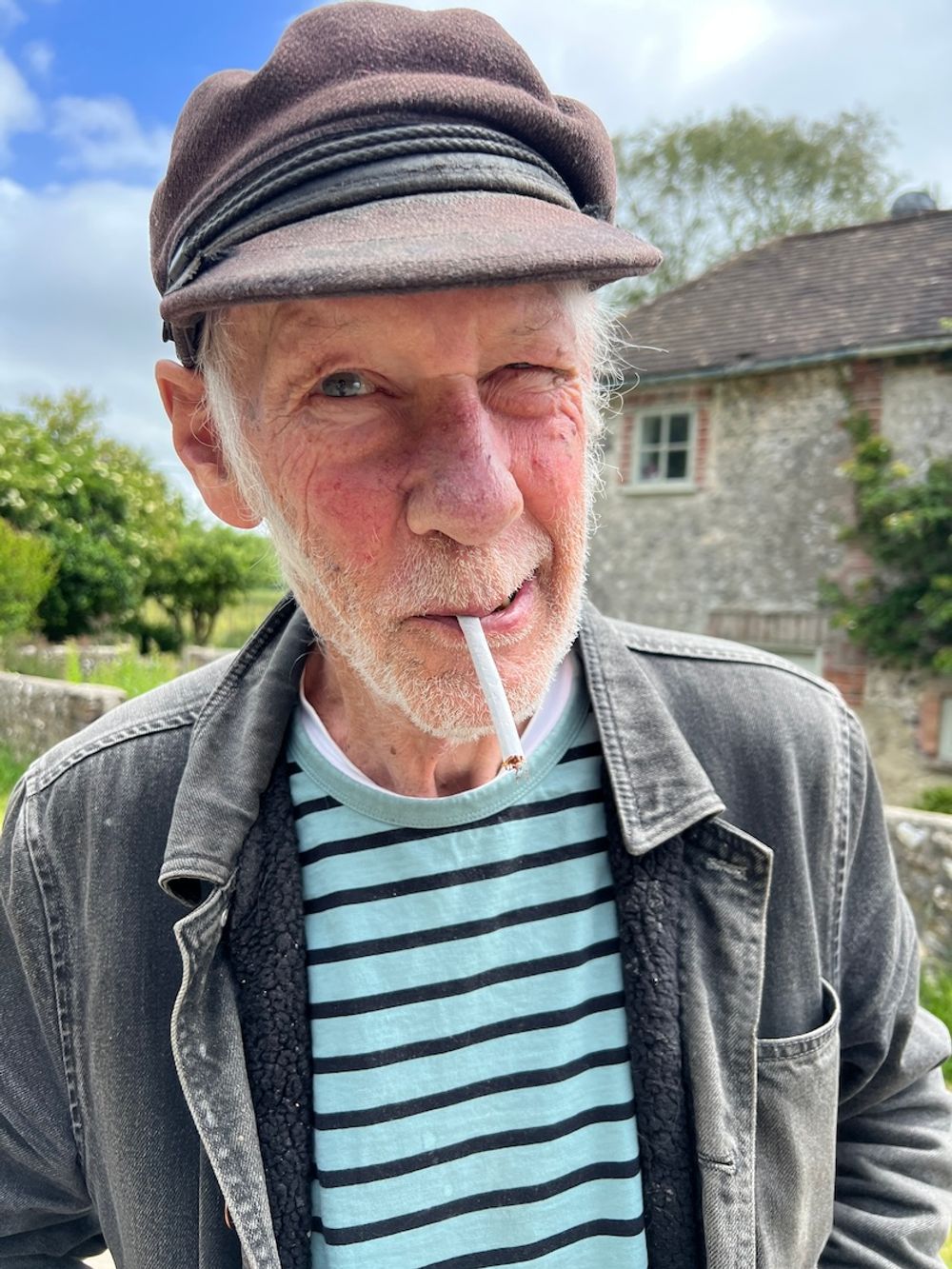
"Like a cross between Richard Thompson and the ancient mariner" ©Peter Dean
The last time I saw him he hilariously called me ‘nosy Peter’ (in a Frank Muir voice) after I asked him a totally legitimate question. Hell, he was the one who phoned me and asked to be interviewed!
He embodied a particular kind of Old English sensibility, one of steam fairs and creams cakes, strong whisky and shanties – a cultured man with connections abroad who could still tell a saucy yarn and get away with it. He made a special cuvée for the Queen’s Jubilee which Corney & Barrow duly returned the compliment by serving it as a thirst-quencher after the DRC tasting. Villaine and Hall are surprisingly close as winemakers in my book.
It's little wonder he gravitated to Lewes as a young man, a town with old bones, a tidal river and a rich, merchant past. It has fostered revolutionaries and visionaries from Thomas Paine to the protestant martyrs and embodies the official Sussex motto of ‘We Wunt be Druv’ (“We will not be driven").
It’s also the motto of Harvey’s Brewery which still stocks every one of Breaky Bottom’s cuvées and which has sat cathedral-like in the town centre since 1790.
So appropriate then that, six doors down was a greengrocer where a young Peter Hall in 1972 bought himself a magazine which had an advert on the back for two books by Nick Poulter: Growing Grapes and Wines From Your Vines. The rest as they say is history.
Condolences to Christina and the family in the firm conviction that Peter’s legacy will live on. ‘Nosy’ Peter Dean.
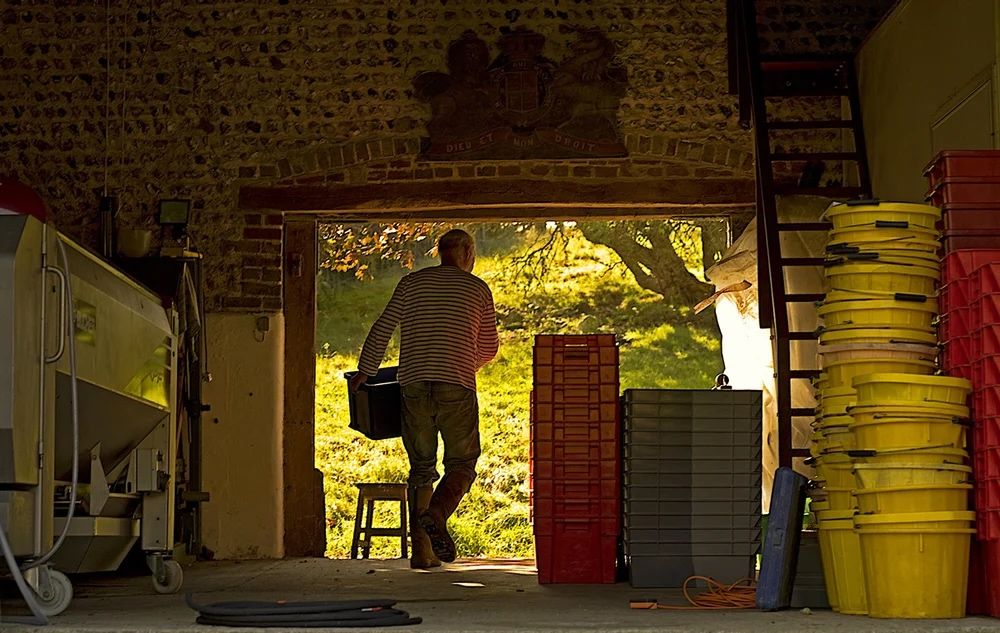
Peter Hall 1943-2025
For an excellent and detailed biography of Peter Hall, see the family's latest entry on the Breaky Bottom website.

